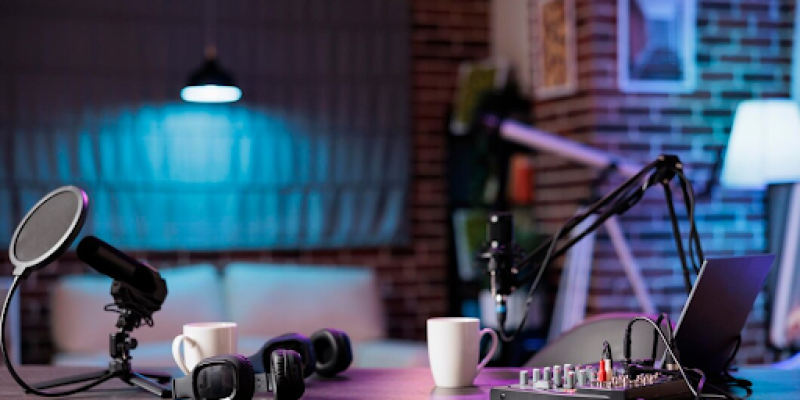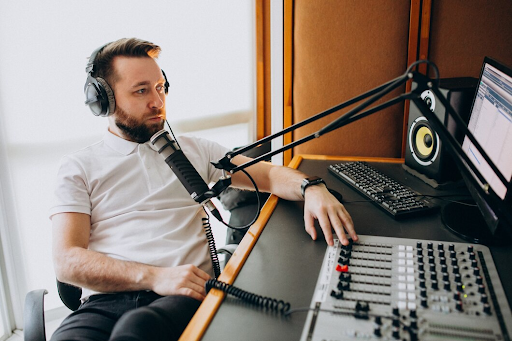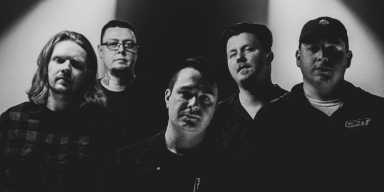
Creating a compelling podcast takes more than just a good idea and a microphone. Today’s listeners expect clarity, depth, and professional polish in every episode. Whether you’re an aspiring podcaster or a seasoned creator, the way your show sounds plays a critical role in engaging your audience. Professional recording techniques are the secret ingredient that can transform your production quality and help your podcast stand out.
From subtle adjustments like proper mic placement to advanced techniques in audio processing, every choice shapes the listening experience. And while a podcast studio might seem out of reach for some, you can replicate many of its benefits with a clear understanding of these methods. Let’s dive into the tools and strategies that can elevate your recordings and make your podcast shine.
Why Audio Quality Matters
In podcasting, sound is everything. Unlike video content, podcasts rely entirely on audio to captivate their audience. Poor audio quality can distract listeners, no matter how fascinating the content. Crackling noises, echoing voices, or inconsistent volumes can frustrate your audience and even drive them away.
On the other hand, clear and professional sound enhances your message, making your podcast enjoyable to listen to. It builds trust and credibility, signaling to your audience that you care about the content you’re delivering. Remember, a great idea deserves to be heard in the best way possible.
Mastering Microphone Techniques
Choosing the Right Microphone
A quality microphone is the foundation of good sound. While USB microphones are convenient for beginners, investing in an XLR microphone can significantly improve your audio clarity. Popular options like dynamic or condenser microphones cater to different recording environments, so choose one that matches your needs.
Mic Placement
Where and how you position your microphone can drastically affect the sound. Keep the mic at an angle of about 45 degrees from your mouth to minimize plosive sounds (the harsh "p" and "b" sounds). Maintain a distance of 6–12 inches to capture a balanced tone without overwhelming the mic. Using a pop filter or windscreen can also help reduce unwanted noise.
Understanding Proximity Effect
If you’ve ever noticed that voices sound richer and bassier when close to a microphone, that’s the proximity effect at work. While it can add warmth to your voice, too much proximity can muddy the sound. Experiment with distance to strike the right balance.
Optimizing Your Recording Environment
Minimize Background Noise
Recording in a quiet space is essential. Background noise, whether it’s traffic, fans, or distant chatter, can sneak into your recordings. Consider soundproofing your recording space with foam panels, heavy curtains, or even a closet lined with clothes for an inexpensive solution.
Tame Room Reflections
Echoes or reverb can make your podcast sound unpolished. Rooms with hard surfaces like tiled floors or bare walls reflect sound waves, creating an unpleasant “hollow” effect. Soft furnishings, rugs, and acoustic panels absorb these reflections and make your recordings sound more professional.
Test Your Setup
Before diving into a full recording session, always test your setup. A short test recording will help you identify issues with noise, mic levels, or other technical factors that might compromise your final product.
Recording Techniques for Consistent Quality
Use Headphones While Recording
Monitoring your audio in real-time helps you catch issues immediately. High-quality closed-back headphones allow you to hear what the microphone picks up without letting sound leak into the recording.
Control Your Voice and Delivery
Your voice is your primary instrument as a podcaster. Speak naturally, but with intention. Avoid rushing through sentences, and take pauses to emphasize key points. Practicing beforehand can help you maintain a steady tone and avoid unnecessary filler words.
Maintain Consistent Levels
Keep your recording levels consistent throughout the session. Sudden volume spikes or dips can be distracting and time-consuming to fix during editing. Aim for peaks around -12 dB to -6 dB for a balanced recording.
Post-Production: Bringing It All Together
Recording is only half the battle. Post-production is where you can fine-tune your audio and add the final touches to create a polished episode.
Editing Basics
Cut out long pauses, mistakes, or any distracting noises. Use crossfades between cuts to avoid abrupt transitions and maintain a natural flow. Free software like Audacity or professional tools like Adobe Audition or Logic Pro can handle these tasks efficiently.
Noise Reduction
Even with a controlled recording environment, some noise may creep into your track. Tools like noise gates and noise reduction plugins can help you eliminate unwanted sounds without compromising the quality of your voice.
Equalization (EQ)
Equalization adjusts the balance of frequencies in your recording. Boosting mid-range frequencies can make voices sound more present, while reducing low frequencies can minimize rumble or background hums. Be subtle—too much EQ can distort the natural tone of your voice.
Compression
Compression smooths out volume inconsistencies by reducing the dynamic range of your recording. This ensures that quieter parts are audible and louder parts don’t overpower the listener. Set your attack and release times carefully to maintain a natural sound.
Add Finishing Touches
Adding light reverb can give your recording a professional sheen, creating the illusion of a controlled studio space. Be cautious—too much reverb can make your voice sound distant.
The Power of Consistency
Consistency is key when it comes to podcast production. From maintaining a regular release schedule to delivering consistent sound quality, these factors shape your brand and keep your audience coming back. Listeners value predictability, and a polished, professional-sounding podcast helps you build trust and loyalty.
The Role of Professional Tools
While it’s possible to achieve excellent results on a budget, professional tools can elevate your podcast further. Audio interfaces, for example, provide better sound quality than a standard computer’s built-in recording capabilities. Digital audio workstations (DAWs) offer advanced editing and processing options that free tools may lack.
Investing in quality gear doesn’t have to happen all at once. Start with the essentials and upgrade as your podcast grows. Remember, it’s not about owning the most expensive equipment but about using what you have effectively.

Conclusion: Make Your Voice Heard
Your podcast has the potential to inform, entertain, and inspire. By embracing professional recording techniques, you can create an immersive listening experience that leaves a lasting impression on your audience.
Whether it’s mastering mic placement, optimizing your recording environment, or fine-tuning your sound in post-production, every detail matters. With consistent effort and attention to quality, your podcast can stand out in a sea of content and resonate with listeners for years to come.
So, take that step toward enhancing your craft. Your audience—and your future self—will thank you for it.
Reviews - Interviews - Promo - Radio Play
Contact zach@metaldevastationradio.com












